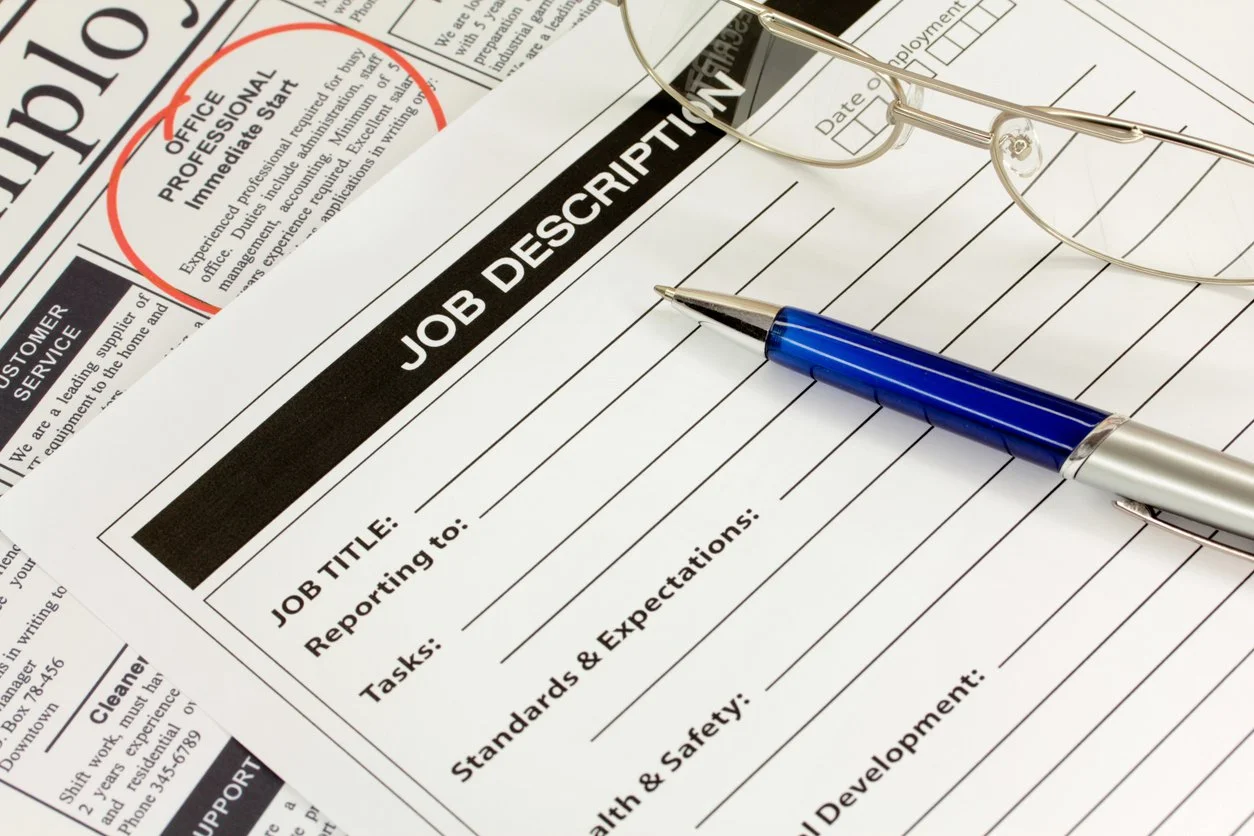Job Description vs Job Ads: Why You Need Both
When you need to hire a new team member, you advertise for the job. You post the role on job boards, send out recruiters, and wait for the resumes to roll in. Job ads are a critical part of the hiring process, but they're nothing without a good job description. What is the difference? You're not alone. Employers need job advertisements and job descriptions as separate but interconnected tools for hiring.
Let's look at the difference and how to use high-quality job descriptions and detailed job ads to attract the best candidates to your open positions.
Job Ad vs Job Description: What's the Difference?
The difference between a job ad and a job description is the information it provides a potential candidate.
A job ad is a fact-based advertisement that includes key details about a job. Job ads can easily be expressed in list form and posted to any job board.
Job Description: A word picture that gives candidates an inside view into the actual role they are applying for.
A Factual Overview of Job Ads
A job ad is an advertisement for a job. They tend to be structured to fit into the sortable variables of modern digital job boards. A job ad has key components that help candidates find the right positions with a few practical search techniques.
Job title
Pay range
Position level (entry/associate/senior/lead/management)
Location / Remote status
Required Credentials
Desired credentials
That's really all a basic job ad needs. Jobs that lack these details cannot be found because most job boards sort listings by these details. Also, candidates will only apply confidently if they have key information and might overlook a job even with a great job description.
Job Descriptions: What's Going On?
The job ad facts provide a basic framework - where the job is located, how much it pays, and who is eligible to apply. The job description, however, tells candidates everything else they need to know.
Job descriptions usually cover the tasks, how to do them, the schedule, the company culture, and often some extra details for context. More importantly the job description includes information needed for things like accommodations and work environment. This is important for when employees request adjustments to the job. The description should be referenced to ensure that by providing an accommodation won't materially change the position.
Candidates rely on detailed job descriptions to find positions where they will personally thrive. They may vibe with the mission, fit naturally into the company culture, or get excited about the type of work. A good job ad is essential to attract high-quality and good-fit candidates. A good job description is essential for compliance.
Job Description Overview: Role, Responsibilities, Culture, and Expectations.
Why You Need Both
If you want to attract good candidates, you need a vivid job description integrated into the practical structure of a job ad. The job ad is the framework that ensures your position is findable and trustworthy on public job boards. The job description tells candidates if they want to work for your company or take a spot on your team.
Job ads that lack job descriptions are passed by for being too mysterious and too big an unknown to risk. Job listings that lack the essential job ad details can't be quantified. Where is it? How much does it pay? If candidates can't answer those questions, they can't safely commit to any role.
Working with HR Consultants for the Best Hiring Results
If you're not a wordsmith at writing job descriptions and don't have the knack for structured multi-channel job ads, don't worry. You can still attract high-quality candidates with the help of professional HR consultants.
HR consultants can translate an interview with you about the role into a clear, concise job ad and a detailed, enticing job description. We can spotlight the best aspects of your company culture and clarify exactly what the role has in store for candidates, who will more eagerly self-select to fill out your ideal hiring process.
For more insights into optimized hiring, contact us today.


